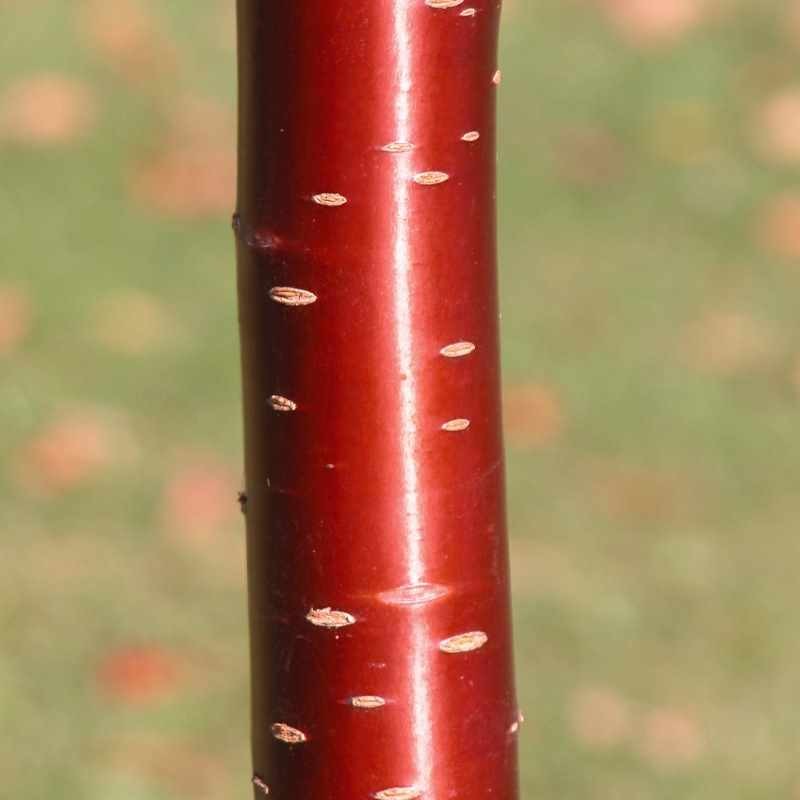Happy in sandy or clay soils, either acid or chalky the Tibetan cherry will flourish in all parts of Britain. Although the flowers & autumn colours aren’t spectacular as in many cherries, this beautiful small tree quickly develops lovely, tactile, mahogany coloured polished bark for which it has become famous.
Like the beautiful white barked Himalayan Birches, Prunus serrula benefits from an annual scrub and hose down with clean water. This occasional treatment can transform specimens in urban areas where they may gradually become soiled with grime.
The prayers written on the flags drift up to Buddha. Blue flags signify sky, white flags represent air, red flags are for fire, green flags for water and yellow flags for earth. As the colours fade, it is believed that the prayers have drifted up to heaven!
Prunus serrula is a superb garden tree with exceptional winter interest.

Comments
Post a Comment